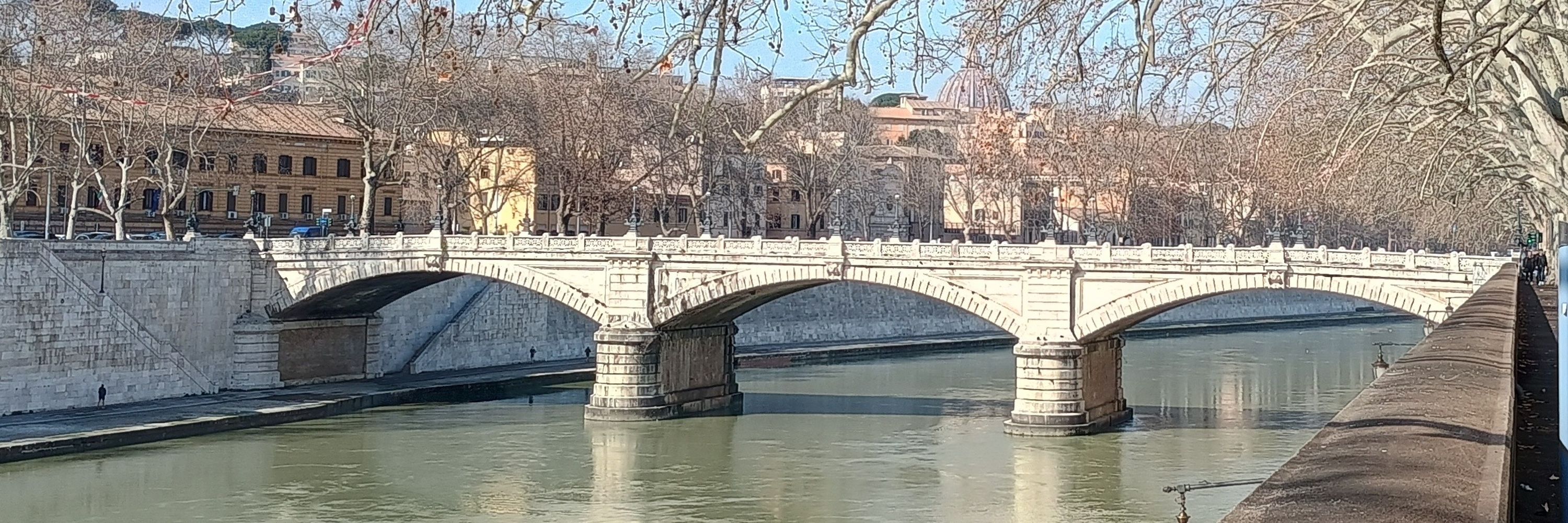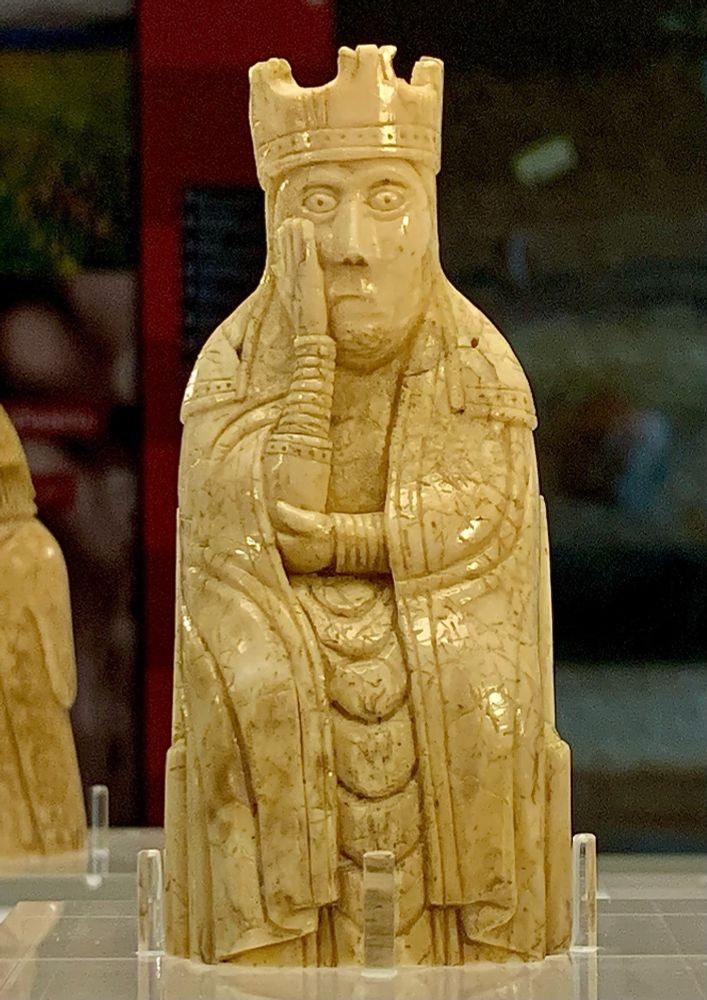Ancient DNA Hub
@ancient-dna-hub.bsky.social
20 followers
16 following
95 posts
Find out how you are connected to ancient people and cultures through one of our DNA tests, available at www.ancientdnahub.com
Retweets and likes are not endorsements.
Posts
Media
Videos
Starter Packs
Reposted by Ancient DNA Hub
Reposted by Ancient DNA Hub
Reposted by Ancient DNA Hub
Reposted by Ancient DNA Hub
Archaeologs
@archaeologs.com
· Sep 8

Roman Bear Fights Confirmed by Archaeological Discovery in Serbia - Archaeologs
Archaeologists in Serbia have uncovered the first physical proof that brown bears were forced into combat during Roman arena games. At Viminacium, once a bustling military camp and provincial capital ...
www.archaeologs.com
Reposted by Ancient DNA Hub
Reposted by Ancient DNA Hub


















![The photo shows four images of the same Roman iron stylus pen, one below the other. The knib to the left. It has an inscription which runs along its length on four sides. The four images show the four lines of inscribed text which read:
‘ab urbe v[e]n[i] munus tibi
gratum adf(e)ro
acul[eat]um ut habe[a]s memor[ia]m nostra(m)
rogo si fortuna dar[e]t quo possem
largius ut longa via ceu sacculus est (v)acuus’
‘I have come from the City. I bring you a welcome gift
with a sharp point that you may remember me.
I ask, if fortune allowed, that I might be able (to give)
as generously as the way is long (and) as my purse is empty.’
The pen was used to write on wax-filled wooden writing tablets. Found in London (Roman ‘Londinium’) by MOLA. Photo by Juan Jose Fuldain/MOLA](https://cdn.bsky.app/img/feed_thumbnail/plain/did:plc:j56ydp325adovobhwpkzc6sp/bafkreifzhfymde7cyrv2i7fu7e2v33veporn5rsywwi2rqdgswkxpj6xre@jpeg)







